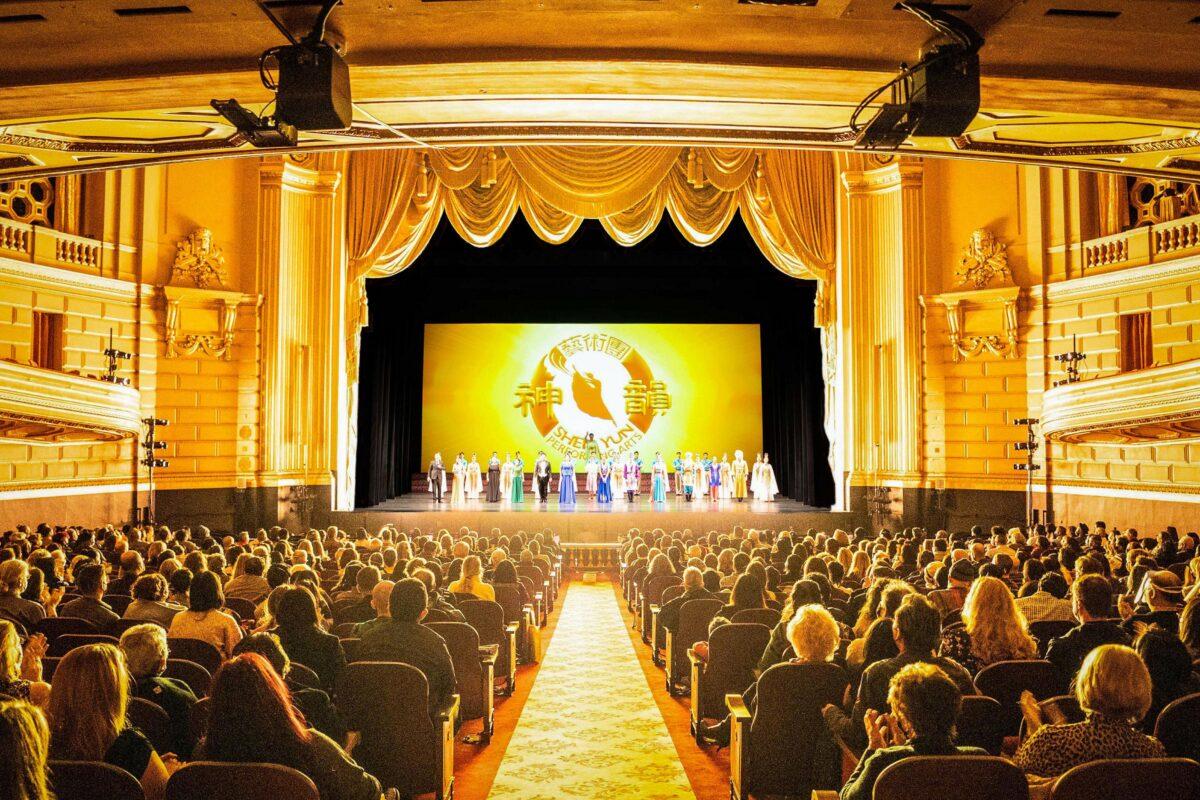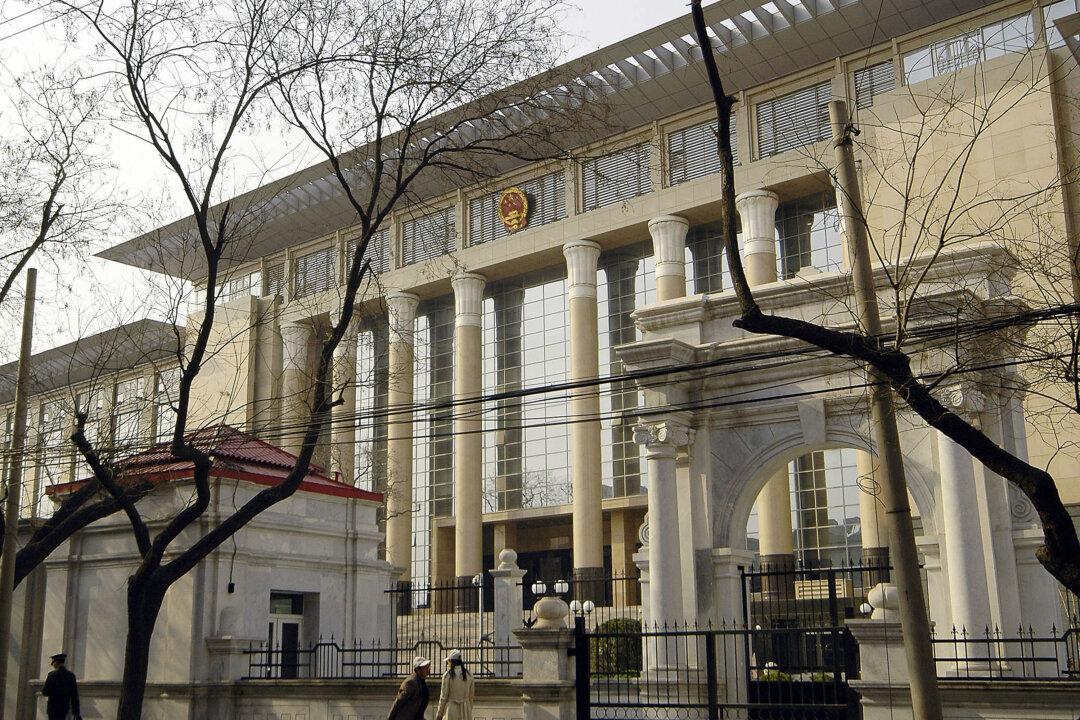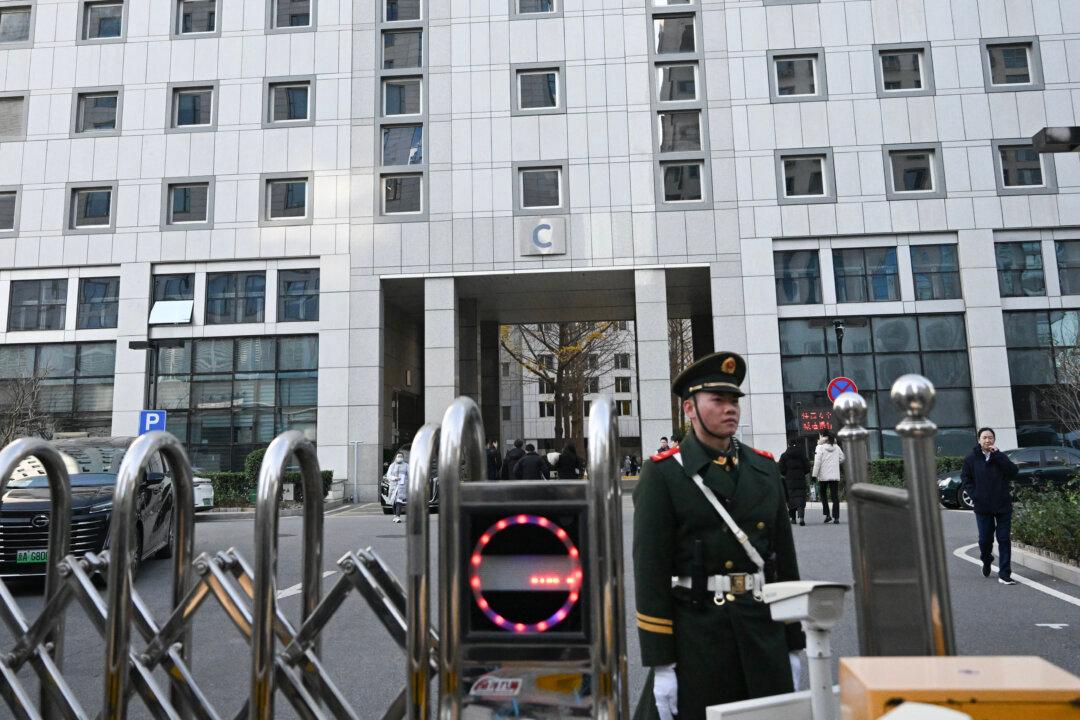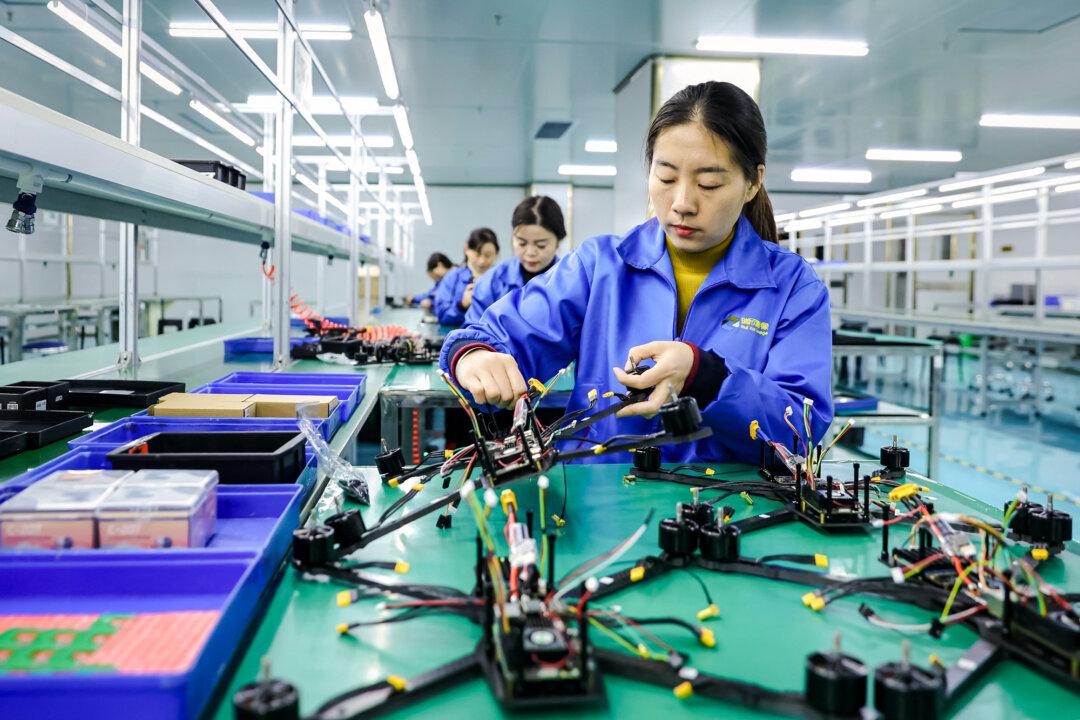One the eve of Jan. 26, my wife and I watched the Shen Yun Performing Arts at the Washington Pavilion in Sioux Falls, South Dakota (of all places!). We were amazed at the fluidity, grace, and overall excellence of the performers throughout the two-hour event.
Having only a bit of knowledge about what to expect, the performance was mesmerizing in the way in which the choreography, the music, the many variants of colorful traditional Chinese costumes, the visual effects, and the graceful dance movements—and amazing flips!—of the dancers themselves were seamlessly interwoven to convey stories/vignettes.
We can assure you that Shen Yun—“the beauty of divine beings dancing”—is a perfect name for the company!
“Shen Yun Performing Arts is the world’s premier classical Chinese dance and music company, established in New York in 2006. It performs classical Chinese dance, ethnic and folk dance, and story-based dance, with orchestral accompaniment and solo performers. For 5,000 years, divine culture flourished in the land of China. Through breathtaking music and dance, Shen Yun is reviving this glorious culture.”

Dancers
There were approximately 50 young dancers—half men, half women. All were handsome, lithe, graceful, and athletic! All had highly developed bearing, form, and technical skill through hours and hours of practice and exercise.The synchronous moves made by the dancers throughout the 20-odd numbers that were performed were flawlessly executed, and quite amazing to behold—especially the “twirls,” flips/back-flips, and tumbling.
There was one dance sequence in which the female dancers assumed a fixed pose together on the stage: standing on one leg, the other was pointed upward with the effect conveyed of a straight line from the bottom foot to the other foot pointed skyward (all torsos were upright, too!). All gracefully done in sequence, with no wobbles or mistakes. It was astounding to watch the combined grace and athleticism of that particular sequence!
Costumes
Each dance featured unique, colorful costumes. Some are associated with a particular Chinese dynasty, region, ethnic group, and period, including loose-fitting garments for some sequences that accentuated the graceful moves of the dancers. The colors and patterns seemed to be perfectly designed for each dance, as well as the head ornaments.Music
The pit orchestra consisted of about 30 musicians who played a wide array of well-balanced instruments, including the violin, cello, bassoon, French horn, percussion, flute, clarinet, Chinese instruments (including the gong, pipa, and erhu), among other things. The Shen Yun orchestra is the first to have combined Western and Chinese instruments into a unique sound.Visual Effects
This was perhaps the most surprising aspect of the Shen Yun performance. The back of the stage was a large screen on which were projected a variety of imagery consistent with each dance sequence: Chinese cities (past and present), flowing rivers, mountains, “the Heavens,” etc.Depending on the dance set, animated figures on the screen cavorted/flew/walked/leapt, smoke could be seen, water flowed, and so forth. The visual transitions were cleverly executed, too, through the ripple-like effect of a stone being dropped into water in the center of the screen, which resulted in a change to the new scenery when the ripple ceased.
Choreography
Choreography is defined as “the art of symbolically representing dancing” through the designing of sequences of movements of dancers, in which motion or form, or both, are specified to achieve the desired effect.There were a total of 17 dance sets presented during the performance. Each sequence was carefully choreographed to convey a unique Chinese story, with flurries of graceful dance movements that were accentuated by colorful loose-fitting costumes that flared during “twirls and spins.”
Masters of Ceremonies
Each dance was introduced by a couple: a Chinese woman and a Caucasian man. Both spoke Mandarin, but the man primarily introduced each dance in English as a translation for the woman’s lilting Mandarin description. We were mesmerized listening to her Chinese voice: such grace and poise! They made a great pair and set just the right tone for each dance.Individual Performers
There were two individual musical performances given.The first was from Chinese tenor Gu Yun (accompanied by piano) who sang the song “Fail Ye Not” in Mandarin, with the English translation provided on the large screen behind him. Not only was his voice splendid, but the moral message of the song was quite profound. Here is one strain from his song: “Atheism and evolutionary theory harm mankind. Stay true to tradition and the good; sell not your soul.”
General Interest
In addition to the above, the following points of interest were conveyed by the masters of ceremonies:- Shen Yun Performing Arts is based in New York, where intensive selection and training of dancers and musicians is conducted.
- The organization is motivated to “reclaim a lost heritage” that venerated harmony among Heaven, Earth, and mankind before the atheistic Communists crushed all Chinese spirituality when they took over the country in 1949.
- Classical Chinese dance was developed over the past 5,000 years.
- Classical Chinese dance is a “language of the body” that integrates the movement of the body with “inner bearing” in order to convey different characters, moods, and emotions.
- There are seven Shen Yun companies (dancers and orchestra) that perform around the world.
- Shen Yun is prohibited from performing in communist China.
- The dance sets, costumes, and choreography are revised annually.
Conclusion
What a performance! It was a memorable occasion that will not soon be forgotten. We were fortunate to have seats in the second row, which enabled us to observe the facial expressions and emotions of the dancers “up close and personal” throughout the dance sequences.A Shen Yun performance near you should not be missed!





